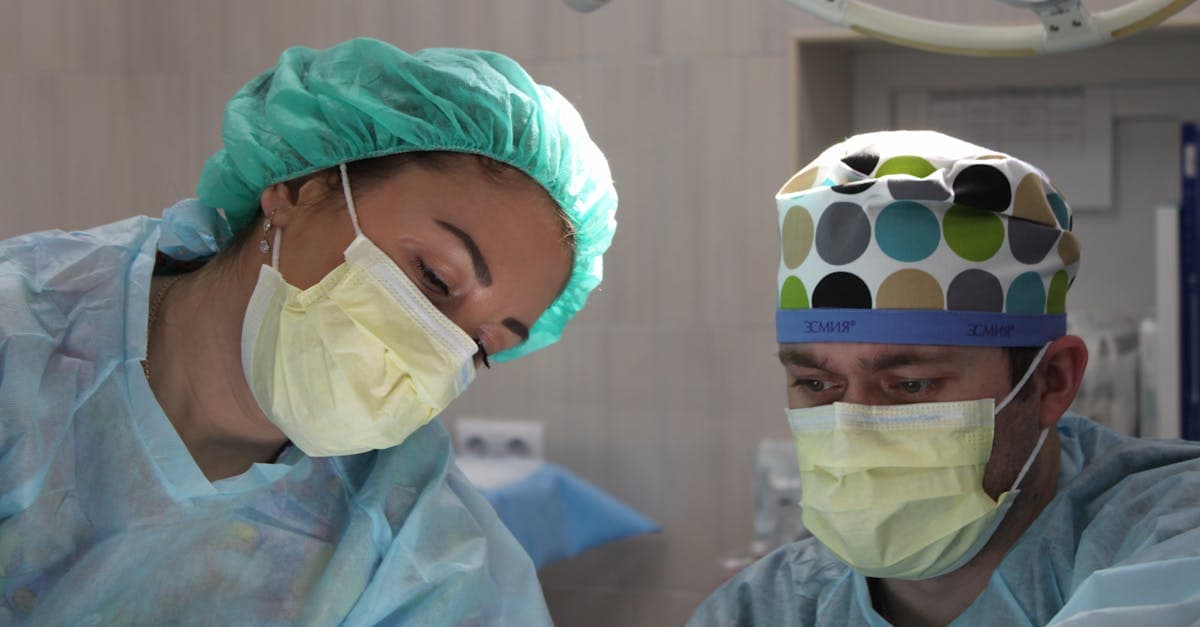Published on:
5 min read
Gynecomastia Demystified: Your Comprehensive Guide to Male Breast Enlargement
Gynecomastia is a condition that affects many men, leading to emotional distress and self-esteem issues. In this guide, we explore the causes, treatments, and lifestyle changes you can consider to manage and overcome gynecomastia effectively.

Understanding Gynecomastia
Gynecomastia is the enlargement of breast tissue in males, a condition that can result from hormonal imbalances, genetic factors, and other physical causes. It often manifests during puberty but can occur at any age. This physical change can lead to emotional challenges, including embarrassment and anxiety, affecting body image and social interactions. Understanding the underlying causes of gynecomastia is the first step toward addressing the condition effectively. Many men may feel isolated and unsure about where to turn for help, but it's crucial to recognize that you're not alone, and effective treatment options are available.
Causes and Risk Factors
Several factors can contribute to the onset of gynecomastia. Hormonal fluctuations, particularly an increase in estrogen compared to testosterone, are a primary cause. Certain medications, including those for hypertension and anxiety, can also induce breast tissue growth. Other risk factors include obesity, as excess fat can produce estrogen, and certain health conditions like liver or kidney disease. Lifestyle choices, such as drug use (marijuana or anabolic steroids), can further aggravate the condition. Understanding these causes is crucial for men who are concerned about gynecomastia, as identifying the underlying issue can lead to better treatment options.
Treatment Options and Lifestyle Changes
Treatment for gynecomastia can vary based on the underlying cause and severity of the condition. In mild cases, lifestyle changes such as weight loss and exercise can significantly reduce breast tissue. However, more severe cases may require medical intervention. Hormone therapy can be effective in balancing estrogen and testosterone levels, while surgical options like liposuction or mastectomy are available for more pronounced gynecomastia. It's also essential to have open conversations with healthcare providers, as they can offer personalized advice and treatment plans. Making healthy lifestyle choices, such as a balanced diet and regular exercise, can help improve overall body image and confidence.
Conclusion
In summary, gynecomastia is a manageable condition with various treatment options available. From understanding its causes to exploring different lifestyle changes and medical treatments, it's important to empower yourself with knowledge. If you're struggling with gynecomastia, seek support and guidance from healthcare professionals and connect with others who can relate to your experience. Remember, you're not alone, and effective solutions are within your reach.
Published on .
Share now!










